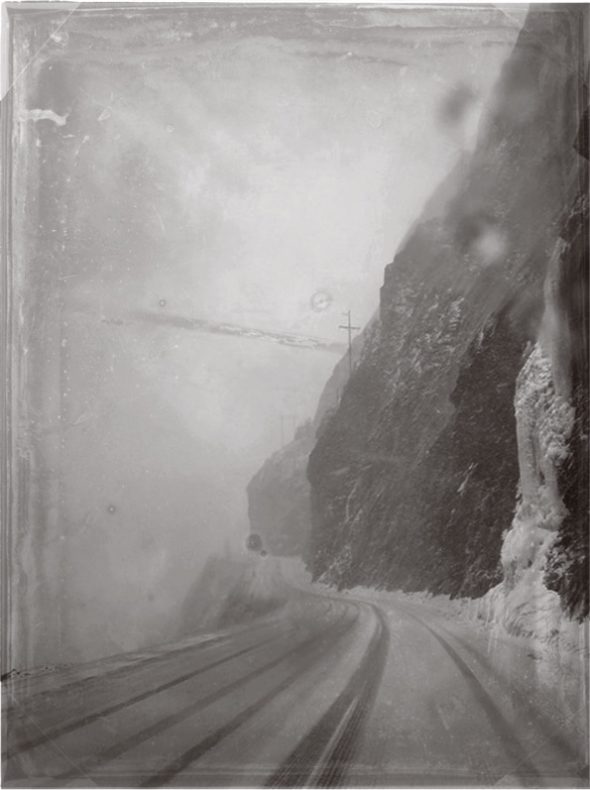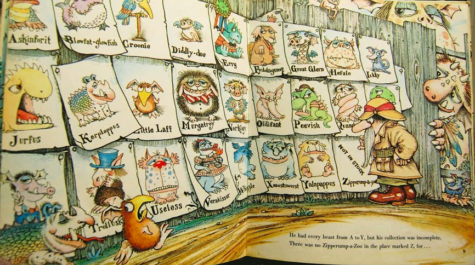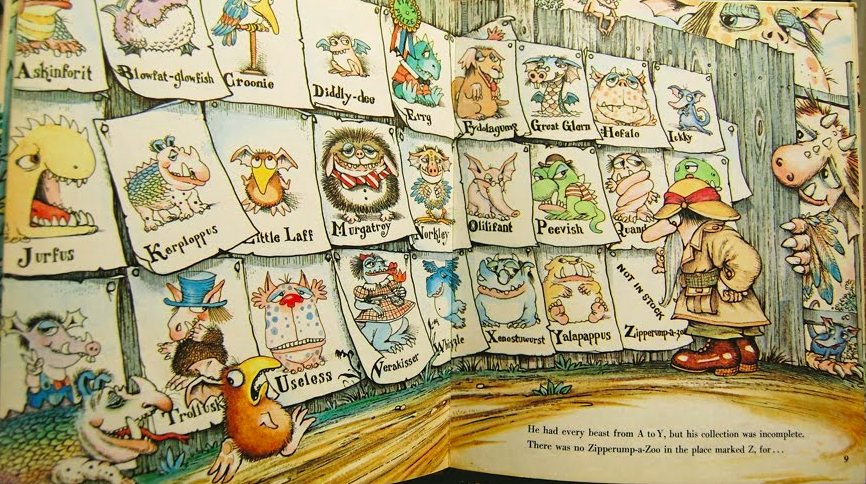
Driving home through the bottom of Colorado you can’t help hitting mountains. A jigsaw puzzle of passes lies ahead. In the winter, choose your poison, Lizard Head, Wolf Creek, or, in the middle, the dangerous one. The route we took last week put us through the middle route, a chain of two passes leading to a ribbon of asphalt blasted into a third pass, Red Mountain Pass, between the towns of Silverton and Ouray.
In the summer, Red Mountain Pass is a breathtaking drive through the San Juan Mountains. There are no guardrails, hardly any shoulder. If your tire caught the edge and you went off, the fall is hundreds of feet. Cliffs and canyons soar above and below. In the winter, this is one of the most avalanche-prone highways in the lower 48 states. One hundred-sixty slide paths breach a 20-mile stretch of pavement. I’ve driven it many times in powder snow on the highway, strong crosswinds building drifts.
The day we came through was a blizzard with stretches of complete whiteout where we had to stop mid-highway and wait for visibility to return. If you kept driving blind, you could go off the edge.
One spring night years ago, more than 60 avalanches crossed a 5-mile stretch of this highway. The town of Ouray was buried in a sudden 4 feet of snowfall. I was working at the weekly paper in Ouray at the time, and we had just put the flats to bed, ready to ship to the printer in the morning. Having a drink at a bar on main street, the highway through town, we were toasting another edition when we saw the flashing lights of a snowplow heading toward the pass. We paused our toast and watched the lights through blinding snow, each of us thinking this can’t be a good.
That night, the driver of that snowplow, Eddie Imel, was killed by the infamous East Riverside Slide. He was the third snowplow driver to perish on that same 100 feet of highway. The pass had been closed, but cars that had come over from the Silverton side were trapped in a concrete snowshed that covers a piece of highway, protecting it from slides. An avalanche had hit the shed and blocked one side. Eddie and his partner Danny Jaramillo had gone up to clear the slide and get people down.
A chain broke on the snowplow tire in front of the snowshed and while they were out fixing it, East Riverside ran, and buried them. Continue reading →
 A neighborhood kid, maybe 10 years old, doesn’t have the usual relationship with gravity. I know it’s her even when I can’t see her clearly by the way she moves through space: even when she’s not running, just walking, she looks like she might re-connect with the earth but also she might not. She reminds me of the young dog who blew past me on my walk yesterday, ears back, head down, feet folded under its body and more off the ground than on. She reminds me of the ballet dancer who was asked how he managed such high, long jumps and who answered, “I just go up in the air and stay there a while.”
A neighborhood kid, maybe 10 years old, doesn’t have the usual relationship with gravity. I know it’s her even when I can’t see her clearly by the way she moves through space: even when she’s not running, just walking, she looks like she might re-connect with the earth but also she might not. She reminds me of the young dog who blew past me on my walk yesterday, ears back, head down, feet folded under its body and more off the ground than on. She reminds me of the ballet dancer who was asked how he managed such high, long jumps and who answered, “I just go up in the air and stay there a while.” Erik wonders if the
Erik wonders if the 




